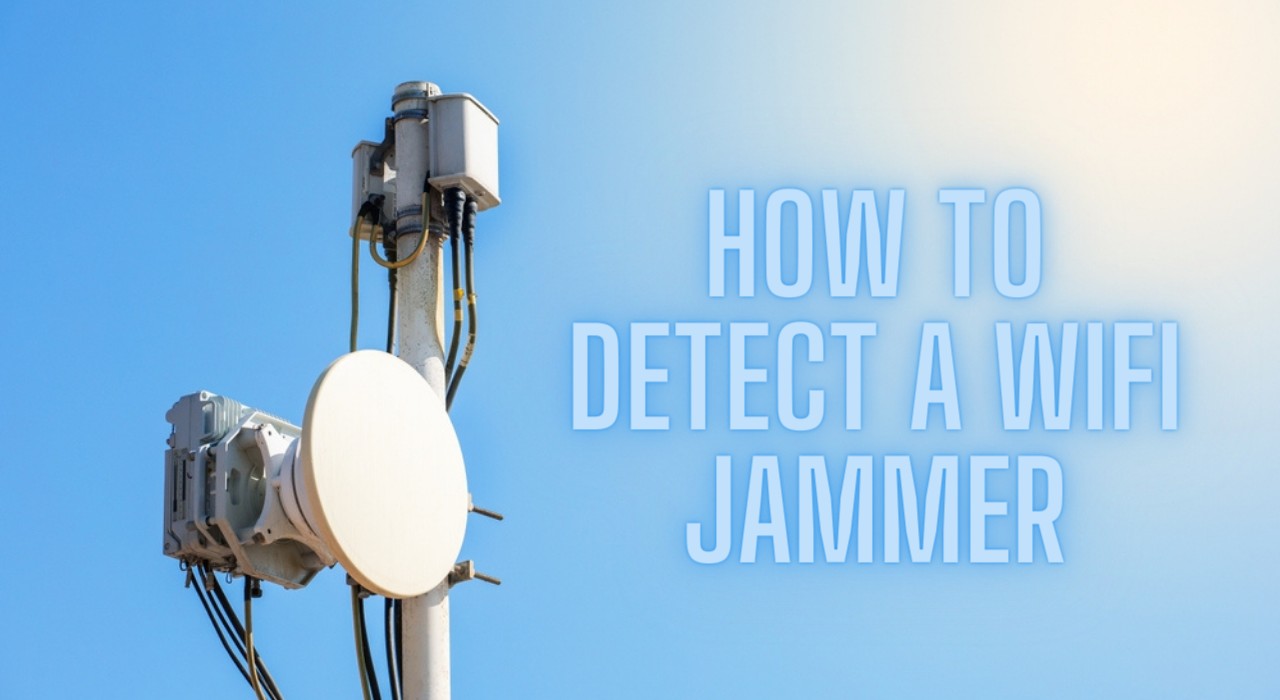A WiFi jammer, a device capable of disrupting the signals of a WiFi network, often interferes with its proper operation. This device finds its application in harmful activities including data theft, espionage, or denying internet access. This piece will shed light on identifying a WiFi jammer and offer solutions to safeguard your WiFi network from such interference. Of course, a WiFi jammer may not be the only cause of such interferences, and there may be technical errors causing a nuisance instead. Should this be case, your best option will be to find alternative internet providers near me and checking whether a new service solves your issues with connections.
Signs of WiFi Jamming: How to Spot a WiFi Jammer
If you suspect that your WiFi network is being jammed by a WiFi jammer, you may notice some of the following signs:
- Slow or disrupted connection: Your internet speed may drop significantly or become unstable. You may experience frequent buffering, lagging, or disconnecting while streaming, gaming, or browsing online.
- Disconnected devices: Your devices may lose connection to the WiFi network randomly or repeatedly. You may have trouble reconnecting them or finding the network on your device list.
- Unable to connect to the network: Network access may elude you. Despite entering accurate credentials, a WiFi connection may still prove unattainable. You may see an error message such as “Network not available” or “Connection failed”.
- Unresponsive router: Your router may stop working properly or respond to your commands. You may not be able to access its settings, reboot it, or update its firmware.
Detecting a WiFi Jammer: Steps to Follow
If you notice any indicators of WiFi jamming, proceed as follows to identify and pinpoint the interference source:
- Use a WiFi analyzer tool: A WiFi analyzer tool is software or an app that can scan and monitor the wireless signals in your area. It can help you identify the strength, frequency, channel, and security of your WiFi network and other nearby networks. It can also help you detect any abnormal or suspicious signals that may indicate a WiFi jammer. Some examples of WiFi analyzer tools are NetSpot, Wireshark, Acrylic Wi-Fi, and inSSIDer.
- Check for unauthorized devices connected to the network: A WiFi jammer may also be a device that is connected to your network without your permission. It may use your bandwidth, steal your data, or send de-authentication packets to disconnect other devices. You can check for unauthorized devices by logging into your router’s settings and looking at the list of connected devices. You can also use a network scanner tool such as Fing or Angry IP Scanner to scan your network for unknown devices.
- Physically inspect the area for suspicious devices: A WiFi jammer may also be a physical device that is hidden or disguised in your vicinity. It may look like a router, a USB stick, a power bank, a cell phone, or any other electronic device. It may emit noise signals in the WiFi spectrum (2.4GHz or 5GHz) that can interfere with your wireless signals. You can try to locate the source of the interference by moving around with your device and observing the signal strength. You can also use a radio frequency detector or a spectrum analyzer to detect any abnormal signals in your area.
Prevention Tips: Protecting Your WiFi Network from Jamming
To prevent your WiFi network from being jammed by a WiFi jammer, you can take some of the following measures:
- Set strong passwords and security protocols: You should secure your WiFi network with a strong password and encryption method such as WPA2 or WPA3. This can prevent unauthorized devices from accessing your network and potentially jamming it. You should also change your default router username and password and disable remote access to your router settings.
- Use a Wi-Fi signal blocker: A Wi-Fi signal blocker is a device that can create a protective shield around your WiFi network and block any unwanted signals from entering or leaving it. It can help you prevent jamming attacks as well as hacking attempts. A Wi-Fi signal blocker can be installed near your router or on your device.
- Install Wi-Fi jamming detectors: A Wi-Fi jamming detector is a device that can alert you when it detects any interference or jamming on your WiFi network. It can help you identify and locate the source of the jamming and take appropriate action. A Wi-Fi jamming detector can be integrated with your router or installed separately.
Conclusion
A WiFi jammer signifies a device with the ability to meddle with wireless signals, disrupting a WiFi network’s smooth operations. It carries the potential for harmful use, including data theft, espionage, and internet access denial. Discovering a WiFi jammer involves the use of a WiFi analyzer tool, verifying unapproved devices on the network, or physically scouting for questionable devices in the vicinity. Safeguarding your WiFi network from jamming requires robust password setting and rigorous security protocols, Wi-Fi signal blocker utilization, or WiFi jamming detector installation.



